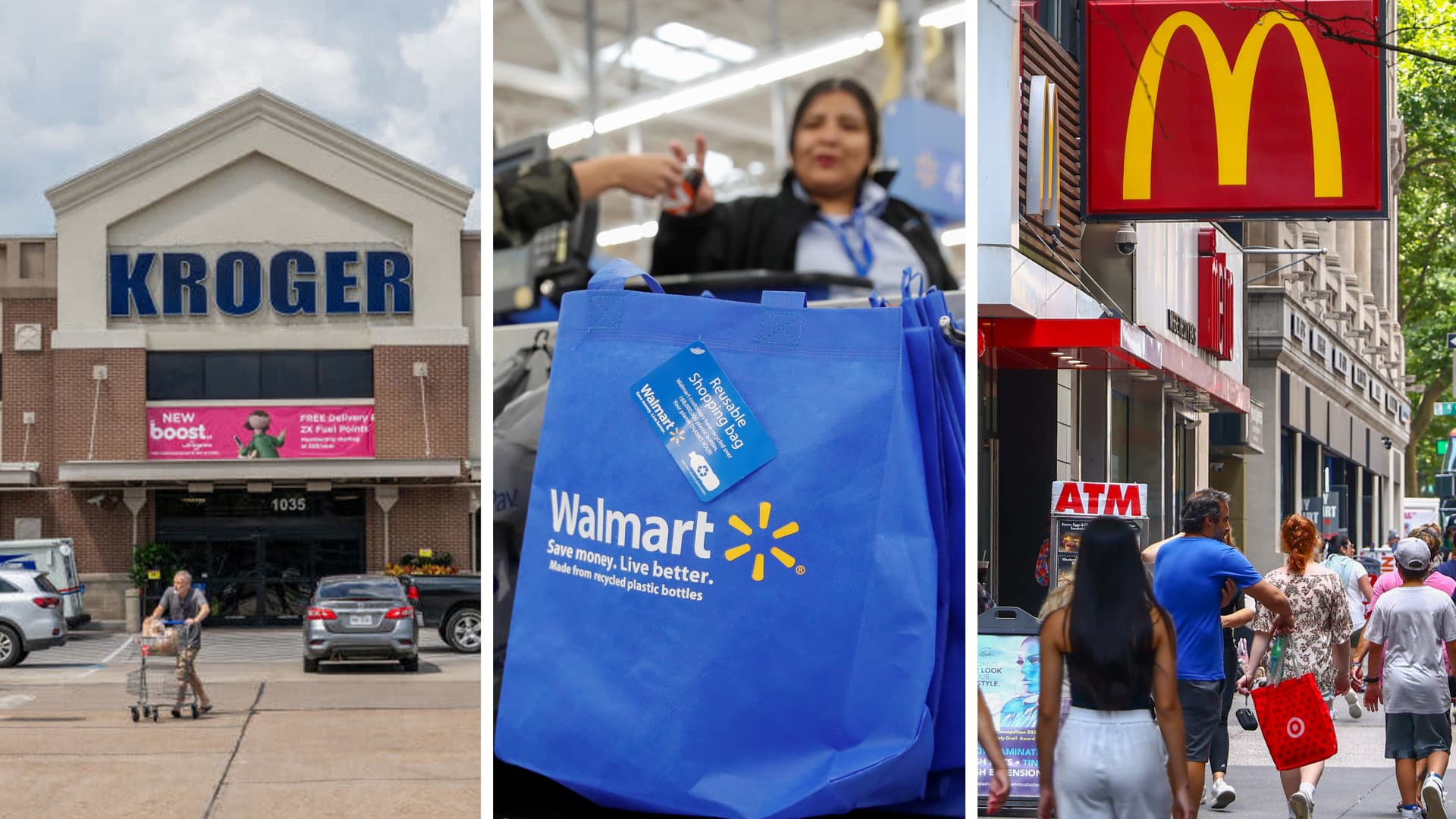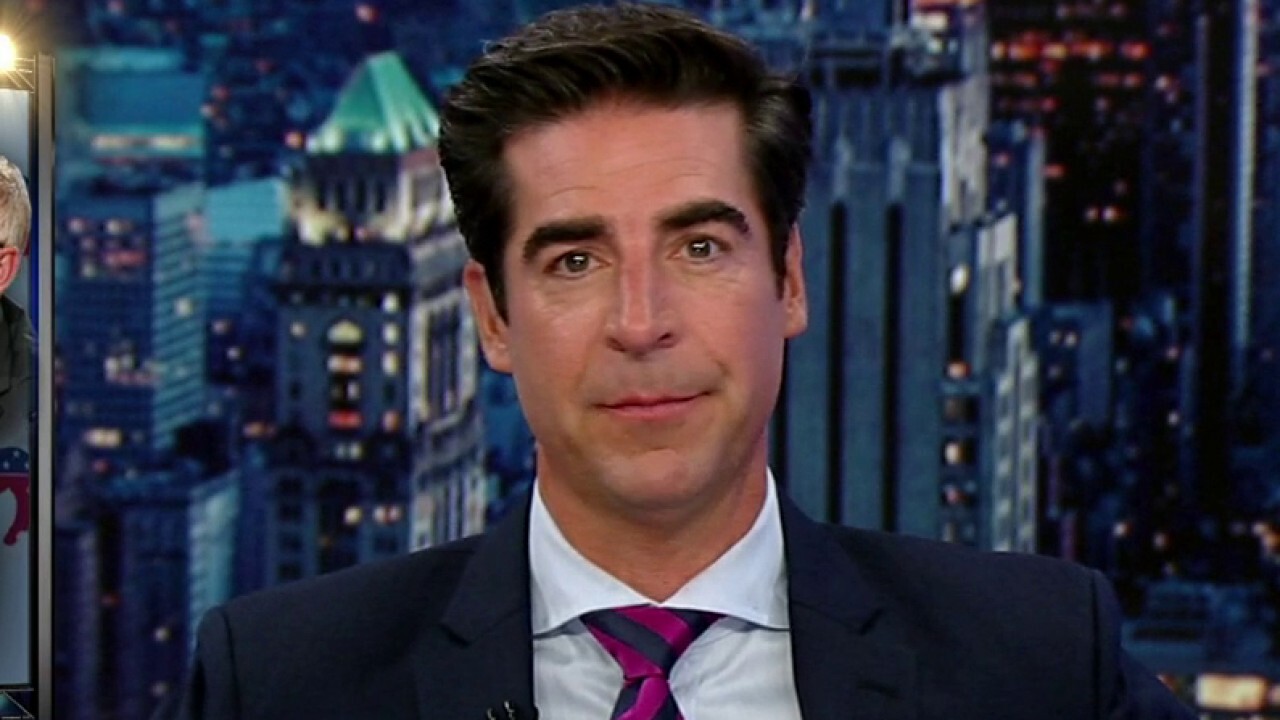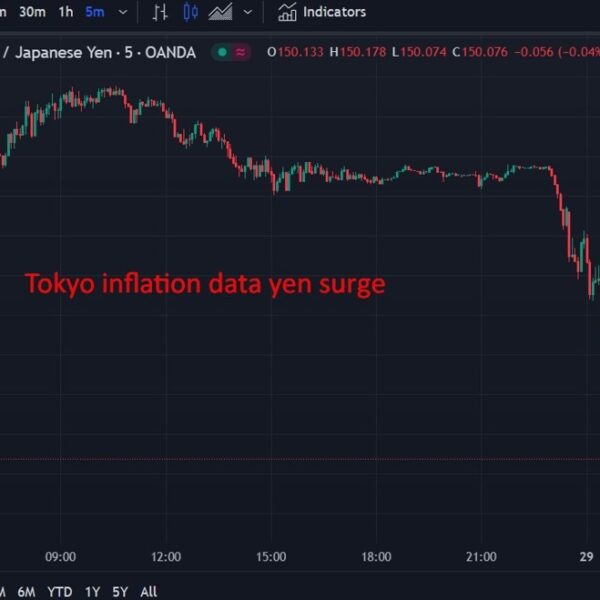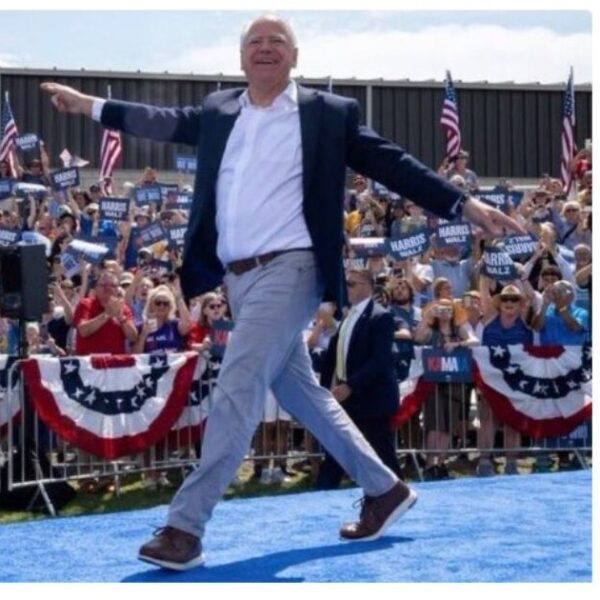Kroger, Walmart, and McDonald’s.
Beata Zawrzel | Nurphoto | Brandon Bell | Getty Images | Kamil Krzaczynski | Reuters
Expensive Big Mac meals and fears of surge pricing at grocery stores have put food chains and consumer product companies in politicians’ crosshairs.
Walmart, McDonald’s and Kroger are just a few of the companies that have found themselves in the debate over high inflation in the 2024 election.
On Monday, Sens. Elizabeth Warren, D-Mass., and Bob Casey, D-Pa., sent a letter to Kroger CEO Rodney McMullen that questioned the grocer’s rollout of electronic shelf labels, arguing the technology could make it easier to increase the price of high-demand items. The letter also noted that the supermarket chain could become bigger, depending on whether it closes its pending $24.6 billion acquisition of rival Albertsons.
Democrats — particularly those like Casey who are trying to win races in competitive swing states — are trying to capitalize on frustration against companies over inflation. The moves follow years of Republican attempts to blame the price hikes on President Joe Biden, who has also criticized corporations for what he called greedy tactics.
For instance, an X account run by House Republican leadership criticized Biden’s economic policies in late May by listing some of the popular fast-food menu items that customers now pay more for at McDonald’s, Chick-fil-A and Taco Bell. (The source of the data is unclear, and McDonald’s has denied that its average prices have risen that much.)
On the presidential campaign trail now, both Democratic Vice President Kamala Harris and Republican former President Donald Trump have pledged to fight persistent inflation, while blaming different causes.
Harris has said during rallies that she’ll fight “price gouging” by companies. At his own rallies, Trump has criticized Biden administration policies and said he’ll end the “inflation nightmare.”
The fact that both parties have made fighting inflation a key campaign plank shows how much the cost of food, gas and shelter is on the minds of consumers across income levels, regions and political parties. The criticism could also add to the pressure companies face to show they can lower prices or offer value.
Inflation has cooled from decades-high levels, with groceries up about 1.1% year over year as of June, according to data from the U.S. Bureau of Labor Statistics. But food at home is up 26.2% since June 2019 and food away from home, which mostly includes restaurant meals, is up 27.2% in the same period.
Americans ranked inflation and prices as their most important issue in the latest The Economist/YouGov poll, which included a representative sample of roughly 1,600 U.S. adult citizens. That was ahead of other themes that have come up on the campaign trail, including immigration, climate change and health care.
Promising to tackle higher everyday costs is a safe campaign issue during contentious times, said Cait Lamberton, a professor of marketing at University of Pennsylvania’s Wharton School.
“There isn’t much we can agree on, right? But we can agree on that,” she said.
It’s often tricky to make a case for how a policy will affect voters’ lives. That’s not the case with the cost of necessities.
“There’s a very nice, easy, causal connection between voting for a person and believing my grocery bill can go down,” she said.
McDonald’s, Walmart face price criticism
Kroger was only the latest high-profile company named in political rhetoric around inflation.
McDonald’s found itself in a tough spot in late May. Several viral social media posts criticized the burger giant’s affordability, from an $18 Big Mac meal at a Connecticut location to charts that alleged the chain’s prices had more than doubled over the last five years.
Republicans latched onto the controversy, tying a jump in McDonald’s menu prices to Biden’s economic policy in a bid to win over voters fed up with inflation. The post on X did not criticize McDonald’s for the hikes.
In response to the uproar, McDonald’s U.S. President Joe Erlinger wrote an open letter and released fact sheets on the chain’s pricing. It was a big step for the company, which typically handles rumors or negative press with a succinct statement, not a 13-paragraph letter from a top executive.
McDonald’s said the actual average prices for a Big Mac or a 10-piece McNugget are up 21% and 28%, respectively, over the last five years — significant increases, but much less than described on social media.
“I fully expect the prices at your local McDonald’s to be an area of conversation and focus in the coming months,” Erlinger wrote, obliquely referring to the election cycle.
Several senators have also slammed Walmart, the nation’s largest grocer by annual revenue, and Kroger, the nation’s largest supermarket operator, for adopting technology that could make food even pricier.
In their letter sent on Monday, Warren and Casey said Kroger already has high profits and questioned why it needs electronic shelf labels, which allow “dynamic pricing,” a practice associated with airlines and Uber’s surge price increases based on high demand.
“It is outrageous that, as families continue to struggle to pay to put food on the table, grocery giants like Kroger continue to roll out surge pricing and other corporate profiteering schemes,” the senators wrote.
Sen. Sherrod Brown, D-Ohio, who is running for reelection in an increasingly red state, sent a similar letter to Walmart in May raising concerns about its own adoption of shelf labels that could make it easier to use dynamic pricing.
Casey, Brown and other senators in competitive races have also criticized snack makers for “shrinkflation,” decreasing the size of items but charging the same amount.
A Walmart spokesperson said the retailer won’t change its “everyday low price” approach and pointed to some of its back-to-school deals, including a basket of food that provides two weeks of kids’ lunches for about $2 per day.
Kroger did not say how it will use the electronic shelf labels, but the grocer said in a statement that keeping prices low “is the foundation of our strategy.”
“Lower prices attract more loyal customers who help us grow our business,” the company said.
Wharton’s Lamberton said to fend off criticism, companies must do a better job explaining why they have increased costs or renegotiate with vendors. They also have to tell their story better in ads, she said.
For example, as families get ready for the first day of school, Amazon and Walmart have advertised school supplies that start at 25 cents. Amazon has run TV commercials with cheeky messages that encourage parents to spend less on their kids.
Companies lean into value
Over the next two weeks, many of the country’s biggest retailers including Walmart, Home Depot and Target will report earnings. They may also defend their prices and stress the ways they are creating value — following in the steps of some restaurants.
For example, on Chipotle‘s earnings call in late July, CEO Brian Niccol denied that the chain had told workers to put less in burrito bowls, but said the company would reemphasize generous. Like McDonald’s, Chipotle was targeted by social media furor — but over portion sizes rather than prices.
For its part, McDonald’s is extending its $5 value meal in most U.S. markets. It debuted the promotion in June, soon after it faced social media criticism, which underscored consumer perception that its prices were too high.
Other fast-food chains, like Wendy’s and Taco Bell, have also introduced or revived their own $5 value meals. While the primary purpose of the deals is to boost sales, they have an added bonus of keeping heat off their brands in case politicians look for another “greedflation” target.
Those deals have been prompted, in part, by business realities: Consumers broadly have pulled back their restaurant spending in recent months.













